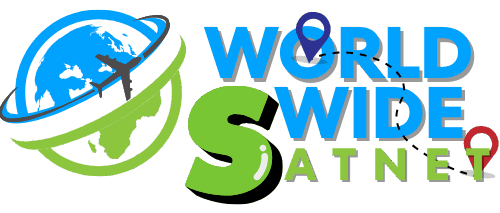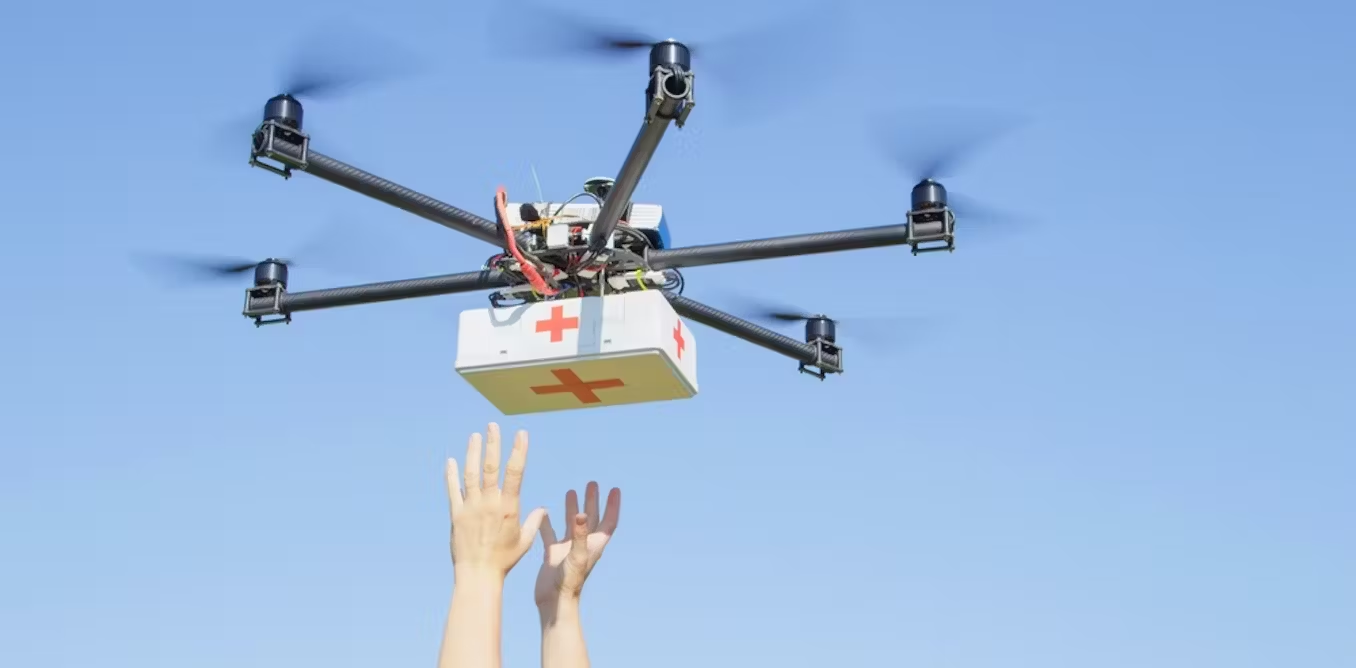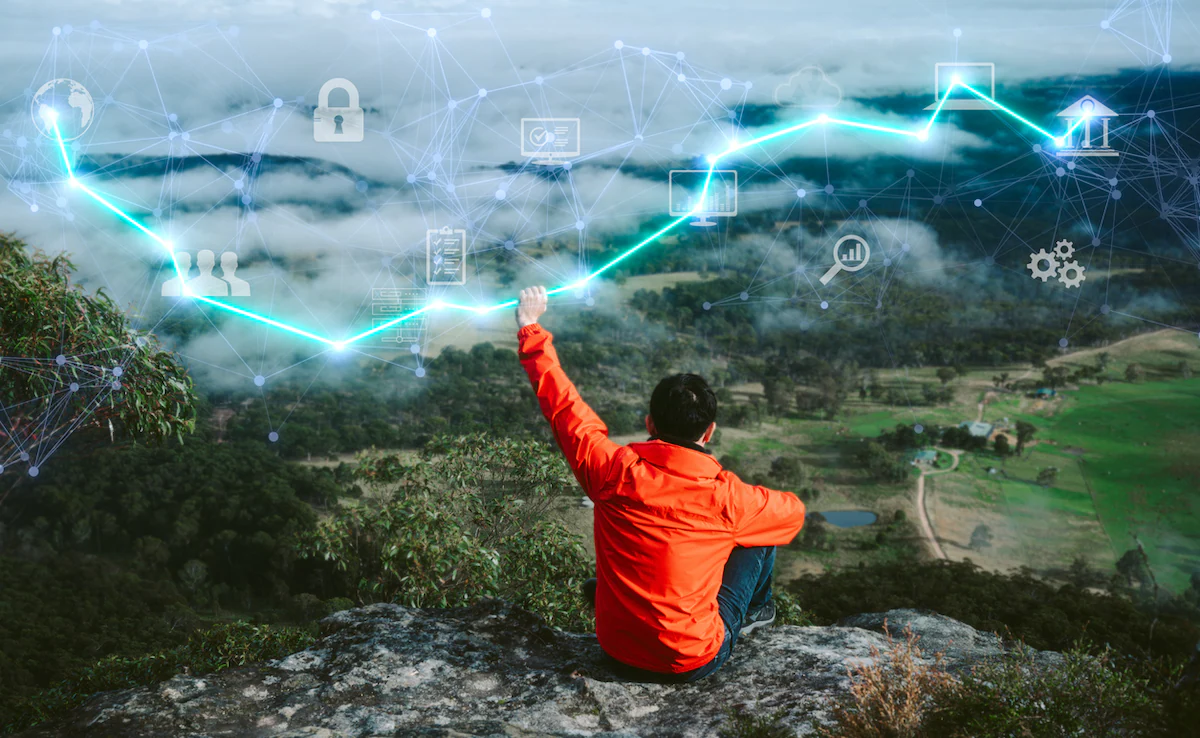Drones have the potential to be used in conjunction with existing medical services, such as to deliver medical equipment, samples of pathology, medicine or surveillance during medical emergencies.
Some emergency services already use drones to deliver healthcare. In early 2013, NSW Fire and Rescue used drones to deliver vital medicine while the person was being supported over the phone. Watch the video to see the entire journey, from launch to pickup.
Drones are a great investment.
Drones appeal to many people because they are able to transport medical supplies quickly, and without any traffic delays. They can reach places that other transport methods cannot, like remote areas or hard-to-reach cliffs. When drones are unable to land, they use a parachutist to safely deliver their cargo. Drones can now deliver vital items such as defibrillators or antivenom before first responders arrive.
Drones are also able to support medical efforts, by providing images from the birds’ eye view and scanning sites before human beings arrive. First responders such as ambulance staff are safer because they know what to expect before they arrive.
Drones can help locate missing people
A trial in Australia this year involved NSW Ambulance using search and rescue drones in remote and difficult-to-reach areas.
During the two-month test, drones were piloted by paramedics who had received special training. The drones were equipped with high-intensity lights to search for missing people and thermal imaging. Paramedics can communicate with the patient once they are found and monitor the situation using video and audio capabilities.
This trial is an excellent example of how drones could be used to increase the capabilities of first responders.
These trials can also gather data on how drones perform for different teams or situations. The more information we have on how drones support first responders, medical staff and other professionals, the better services we can design that include them.
Drones deliver samples to lab
Darling Downs Health in Queensland is also testing drones. These drones transport pharmaceuticals and pathology samples between the smaller rural hospitals of Nanango and Wondai and the regional hospital of Kingaroy.
It means that pathology samples are sent to the lab immediately after they have been collected. No need to wait for a courier. This allows patients to be diagnosed earlier and start treatment sooner.
The Mater Hospital, Brisbane is establishing a similar service to provide pathology services for the Moreton Bay Islands . This service is designed to eliminate the need for pathology samples to be transported by ferry.
Drones to fly over mountains, beaches, and hearts
Surf Life Saving Queensland runs a drone patrol . Drones are used to monitor shark activity, and coordinate responses such as beach closings.
New South Wales has used drones to drop floating devices and swimmers who are in danger.
Researchers in Sweden have tested using drones for delivering defibrillators . In 92% of cases, a drone was able to deliver a defibrillator. In 64% of cases, the delivery time was faster than that of an ambulance.
As part of the program, drones deliver medication to remote health care services in mountainous areas of India.
There are limits.
There are still limitations to drones, despite their potential as a supplement to existing emergency and health services.
The battery life and weight of drones affect the flight time. The NSW Ambulance trial, for example, reported that the drones’ range was 7 kilometers. It may be necessary to move the drone to the desired area before launching it. It may be less useful for drones in rural or remote areas. They can also only carry a certain amount of weight.
Some drones are only allowed to fly during daylight hours. In bad weather, they may not be able fly. This reduces their effectiveness in natural disasters. The temperature and humidity of the air can ruin pathology samples, and even some medications. This limits what drones are capable of.
Is this our future?
Drones are proving to be a valuable tool in supporting health and emergency services.
Nevertheless, the final results of many of these studies have not yet been released. We still need to know if drones are cost-effective and improve health outcomes. If we wanted to use drones for health care and emergency services in the future, this would be crucial.
The health care sector could also learn from other industries that are using drones. The health sector would gain valuable insights on how to safely use drones and scale up operations.




